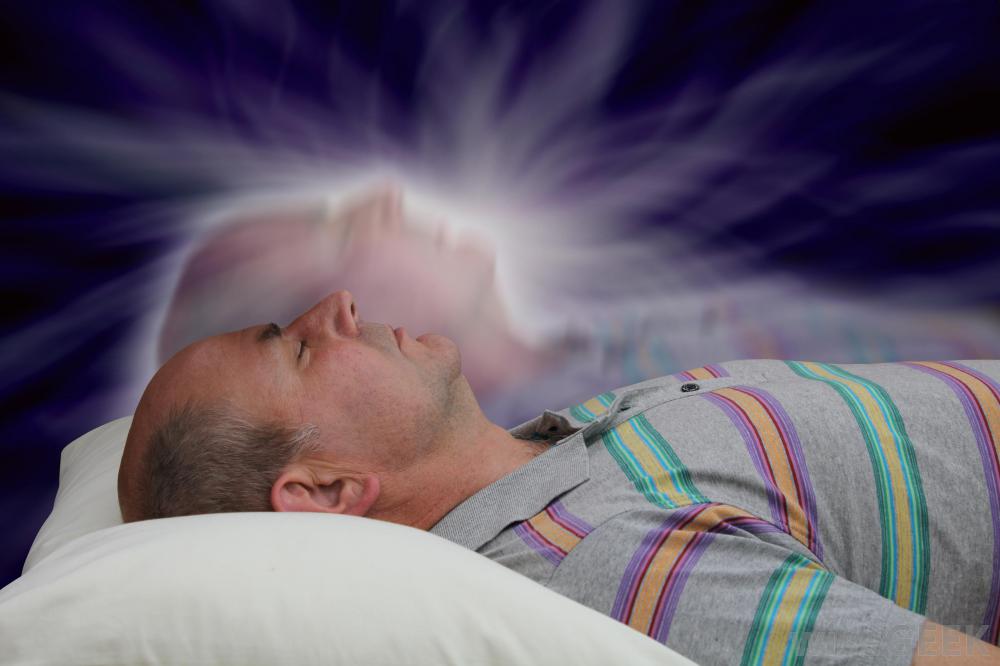The Secrets of the Trees
We hold our Mystic Magic in the Forest weekend retreats at Rosliston, in Rosliston National Forest, near Burton upon Trent, just south of Derby in the Midlands. Our retreats are themed, but often include an appreciation of nature, walks, the significance of trees in Spiritual and Pagan history, and their myths and legends
.
This blog charts the story, in instalments, of those trees, and all of those to be found at Rosliston, around forty species. Each tree is to be found at Rosliston, but may also be found more widely around Great Britain, Europe, North America and beyond.
In these blogs I describe each tree, explain where they are found, what their history is and how they have related to our history. I also explore the myths and legends surrounding the trees in different countries and from different traditions as well as how herbalists have used them to treat human conditions and how products from the trees have been used throughout history.
I hope that you enjoy reading these tree blogs as much as I have enjoyed writing them for you. If you would like to come and see them in their natural habitat why not join us for one of our retreats?
Elm – Ulmus spp
The English Elm has dark brown bark and dark brown leaves, flowers appear in February. Since Neolithic times it has been vulnerable to Dutch Elm disease which is carried by beetles. Its seeds are often sterile meaning that reproduction is by means of descending suckers, this results in perfect clones of the parent tree which can be vulnerable to disease.
Elm is strong. It is often used for the dividing sections in cowsheds due to its resilience to kicks from animal hooves, it was also used for wheels, and its straight trunks as water pipes, some in London survived 320 years.
The Elm tree has an association with Elves, and is connected to death and rebirth, not least because of its use in coffins.
In the West Country it was believed that if Elm leaves fell early then cattle disease would follow and that Elms ere never struck by lightning, Maypoles were also always made of Elm.
A Scandinavian myth tells of the Gods transforming an Elm and Ash into the first humans.






